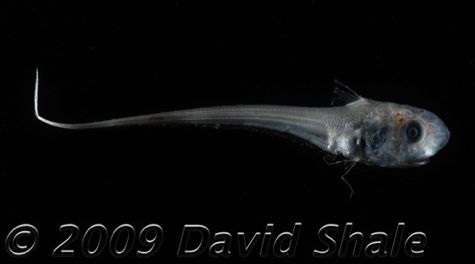Bottom of the World
R/V Henry B. Bigelow
Latitude 51.98 N, Longitude 31.76 W
Greetings again from the middle of the North Atlantic. One of the joys of being in such a place is that when heavy weather comes, there is nowhere to hide. We spent 4.5 days riding out seas too rough to work (up to 15’), managed one bottom trawl yesterday, and now we are on the roller coaster again. Hopefully tomorrow we can get back to work. Our trawl yesterday was spectacular from a biological standpoint, and was one of our deepest sampling efforts to date (3,500 m, or ~2 miles deep) along the Mid-Atlantic Ridge.
Trawling along the bottom of such a rough terrain is an arduous task. We have had a few hang-ups, but spectacular work by the Bigelow crew has saved the day on every occasion. Think of trying to tow a large net from an airplane along the side of a mountain. The Mid-Atlantic Ridge is where seafloor is “born,” and represents Earth’s “newest” surface area. Here new crust is formed, which pushes Europe and North America apart (a measurable amount every year).

The denizens near the Ridge must cope with near total darkness (the only light available is biologically produced), cold (just above freezing), and crushing pressures (more than 5,500 lbs per square inch). It is no wonder the forms here bear little resemblance to animals near the coast. When the trawl cod-end is released on deck, the first few minutes are as exciting as any in science. One has no idea what might occur, and the possibility of new species is extremely high.
The dominant fishes are “rat-tails,” which slowly cruise the bottom in search of food. These cod relatives have found a way to make a living in an environment that excludes nearly all other fishes.

Also found at these depths is the world’s deepest-living superpredator, Bathysaurus. This fish, both male and female at the same time (huh? How confusing…), is one of the few remaining “6th-level” predators left in the ocean—it eats any fish it sees, including smaller individuals of its own kind.
But perhaps the most exciting find from the last tow was the largest known specimen of a deep-sea octopus. So exciting in fact, it warrants another blog by our fearless leader, Dr. Mike Vecchione…
